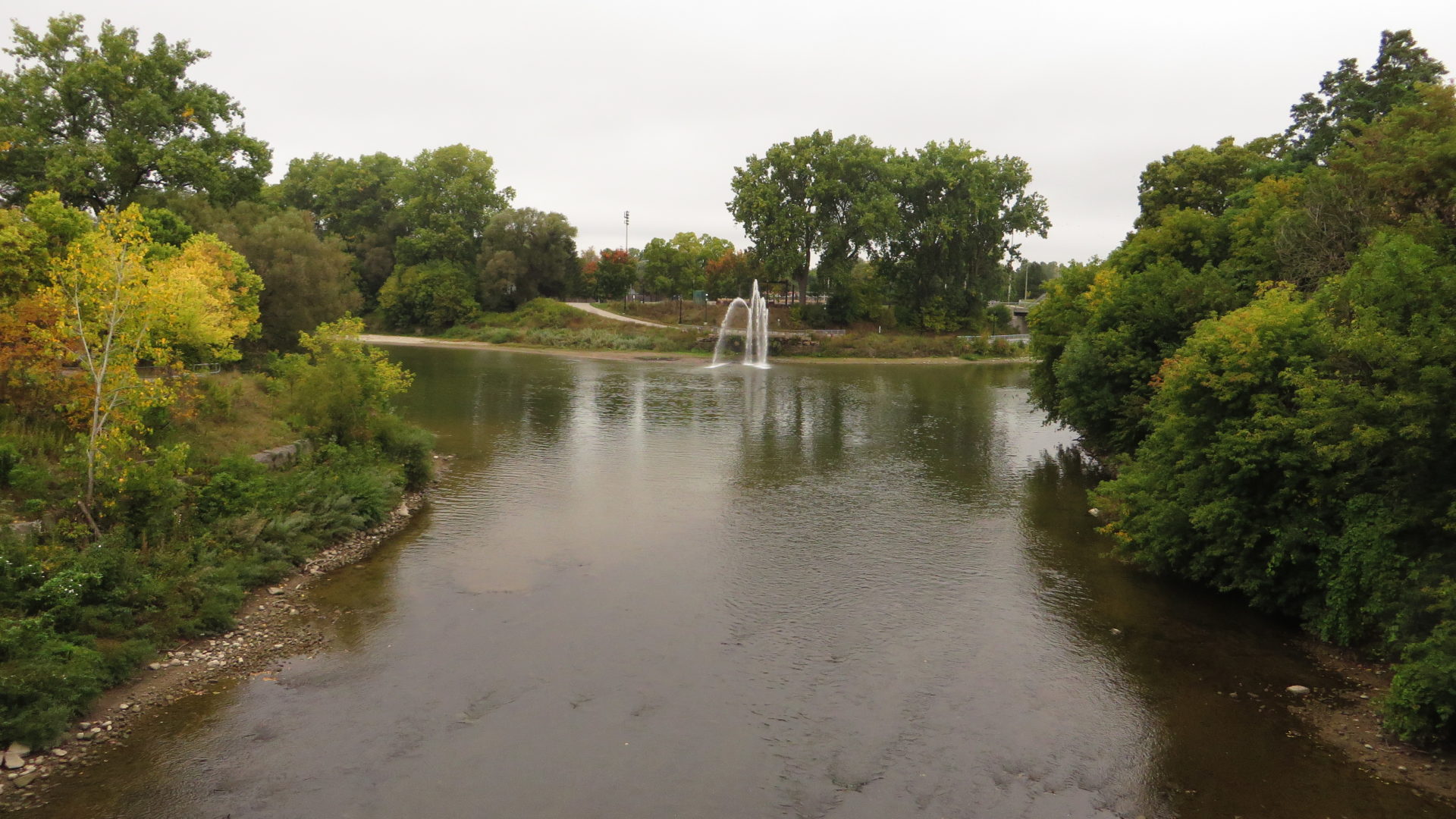The Thames River Phosphorus Reduction Collaborative (PRC) has chosen five projects from 11 proposals to develop and test technologies that intercept and remove phosphorus from agricultural runoff.
A total of $400,000 has been awarded to projects that will gauge how efficiently each technology works in removing phosphorus from water that is leaving agricultural fields and drains. Testing sites will be set up in several agricultural fields in the Thames River watershed, the Lake Erie Basi,n and in two municipal pumping stations near Chatham and London. The testing will continue through the next three years.
“Our Government is fully committed to supporting initiatives which improve the environmental health of our lakes and rivers, including the Lake Erie Basin,” said Lawrence MacAulay, Minister of Agriculture and Agri-Food Canada. “These products show ingenuity and are a step forward in finding innovative solutions to help agriculture be more sustainable and contribute to the health of our waterways.”
The following organizations have been selected by the Thames River PRC to reduce the amount of phosphorus entering Lake Erie.
The Upper Thames River Conservation Authority (UTRCA) is working with Bluewater Pipe and McCutcheon Farm Drainage Ltd. on farms in the London area. They’ll be testing an on-farm sorbtive media phosphorus filter with a removable cartridge connected to field tiles.
ESSRE Consulting Inc. will be working with the Thames River PRC to test nano-enhanced adsorptive media that remove and recover dissolved phosphorus (SRP, or soluble reactive phosphorus), thereby enabling the safe, sustainable reuse of the captured phosphorus. The media are configurable to capture SRP that runs into field drainage tiles, that exits through farm edge-of-field drainage pipe into a specially designed media box, or that, when properly filtered, after it collects in municipal drainage systems.
Silt Sock Environmental manufactures the fabric filter Silt Sock at its Ailsa Craig, Ontario facility. The company makes various products for sediment control and is working with ESSRE Consulting to demonstrate the use of specialized filter sock products to adsorb soluble phosphorus from farm runoff water.
Waterloo Biofilter Systems Inc. is an Ontario company that develops, designs, manufactures and maintains advanced onsite wastewater treatment systems. The company will install its Waterloo EC-P™ technology at a municipal drain – pump station. The technology uses low-energy electrochemistry to produce iron ions which react with phosphate ions in the water, creating insoluble iron-phosphorus minerals that can be filtered out.
Muddy River Technologies is a Delta, British Columbia based firm that develops water and wastewater treatment systems. The company will use its patent-pending Amprey process to remove dissolved phosphorus at a municipal drainage site. The process involves using electricity to slowly dissolve lava rock with the resulting iron, magnesium, aluminum and calcium ions binding to phosphate ions in the water to form a solid material that can be removed.
“These measures hold great potential to help reduce phosphorus loads into our rivers and lakes, and so help ensure a healthy Lake Erie, for this and future generations.” said John Dickert, president and CEO of the Great Lakes and St. Lawrence Cities Initiative (GLSLCI).
More than $130,000 in cash and in-kind contributions are being invested in the project from the OFA, GLSLCI, local OFA chapters, the cities of London and Chatham-Kent, Bluewater Pipe, and Ontario Pork.
“We are encouraged by the progress we’re making and grateful for the support we’ve received as we work toward finding practical, affordable options to better protect the quality of water in our streams, rivers and lakes,” said Mark Reusser, co-chair of the collaborative and vice president of the Ontario Federation of Agriculture (OFA).
The Thames River PRC is a voluntary initiative cited in the Canada Ontario Lake Erie Action Plan aimed at contributing to the commitment made in 2016 between Canada and the U.S. to a 40 per cent reduction in the total and soluble reactive phosphorus entering Lake Erie from the Thames in spring.
The group represents agricultural producers, municipalities, conservation authorities, First Nations, agribusinesses, the drainage sector, and environmental non-governmental organizations. Details of the collaborative, its work and a full list of steering committee members are at www.thamesriverprc.com












